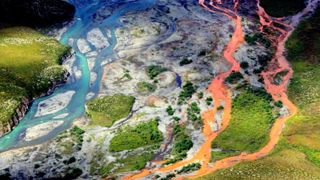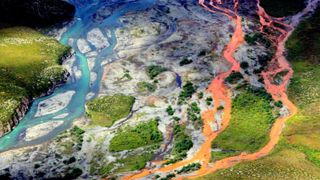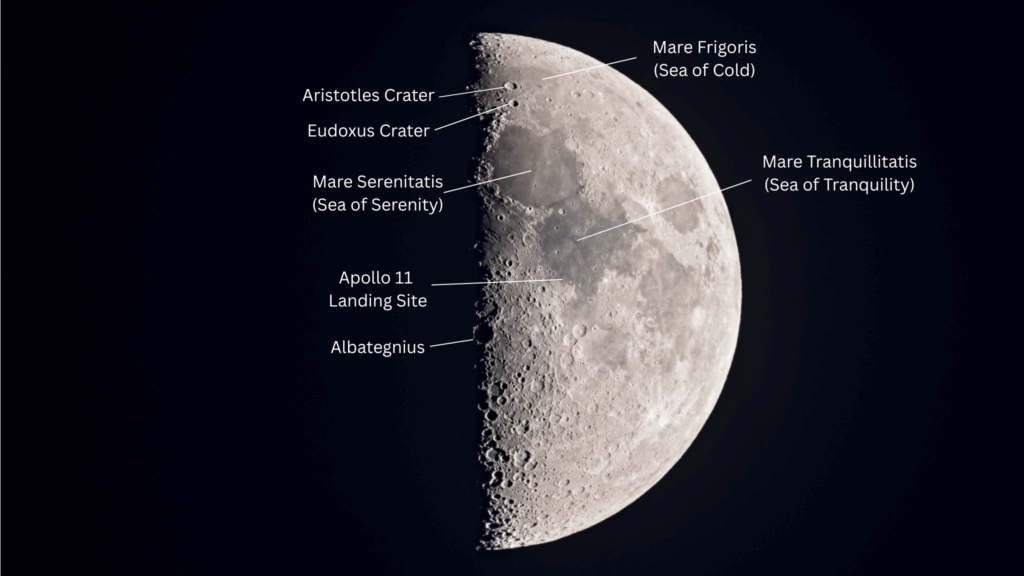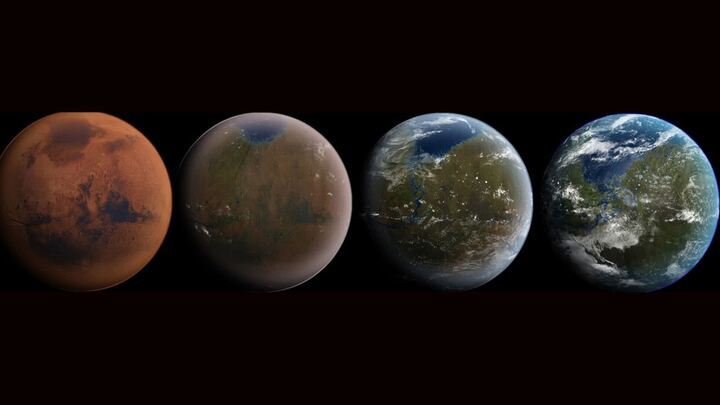Dozens of Alaskan rivers have turned bright orange in recent years because melting permafrost has released high levels of toxic metals into the waterways, a worrying new study reveals. The colorful contamination, which can be seen from space, is a potential ecological nightmare — and is likely to get even worse in the coming years, researchers say.
In the new study, which was published May 20 in the journal Communications Earth & Environment, researchers identified at least 75 orange rivers and streams in a Texas-size area of Alaska’s Brooks mountain range. Most of the affected waterways were initially spotted by helicopter surveys of the area.
“The more we flew around, we started noticing more and more orange rivers and streams,” study lead author Jon O’Donnell, an ecologist with the National Park Service’s Arctic Inventory and Monitoring Network, said in a statement. “There are certain sites that look almost like a milky orange juice.”
Chemical analysis of the rusty rivers revealed high levels of zinc, nickel, copper and cadmium, as well as iron, which is largely responsible for the orange hue of the waterways. Researchers also found that the polluted waterways were unusually acidic: Some of the smaller streams had a pH of as low as 2.3, which is around the same as lemon juice or vinegar, according to the U.S. Geological Survey.
The high metal concentration and acidity of the water can both be tied to melting permafrost — a permanently frozen layer of Earth’s surface that covers large swaths of the Arctic. As the frozen ground thaws thanks to human-caused climate change, previously sealed minerals are exposed to rain for the first time in thousands of years, allowing metals to dissolve out of the rocks and into surrounding streams, which feed larger rivers.
Not only are the affected habitats visually transformed but the high mineral concentrations are also highly toxic to most aquatic life. Researchers are particularly worried about what the toxic meltwater could be doing to spawning fish, which could have major knock-on effects on U.S. fisheries.
Related: Scientists are mapping Earth’s rivers from space before climate change devastates our planet

The idea for the new study was seeded back in 2018 when researchers visited a rust-colored river that had been crystal clear just a year earlier. However, subsequent satellite sleuthing revealed images of orange rivers dating back as far as 2008.
It is hard to tell how much metal has been released into rivers during this time. But the rivers in satellite photos “have to be stained a lot to pick them up from space,” study co-author Brett Poulin, an environmental toxicologist at the University of California, Davis, said in the statement.
The researchers are planning follow-up tests this year to determine the full scale of the problem. However, they fear that increased permafrost melting caused by record-breaking temperatures over the last year will have released even more metals. And as temperatures continue to climb in the coming decades, metal contamination is likely to get even worse.
related stories
As the water gets more acidic over time it will also make it easier for even more metals to dissolve from the newly thawed permafrost, creating a worrying “positive feedback loop” — where the problem gets exponentially worse. The melting of the permafrost is also likely to birth more new rivers in places like Alaska and Siberia, which would further exacerbate the issue.
There are lots of other serious implications to losing permafrost coverage, such as releasing more greenhouse gases into the atmosphere, as well as uncovering radioactive materials and unleashing dormant viruses, which could spark new pandemics.



